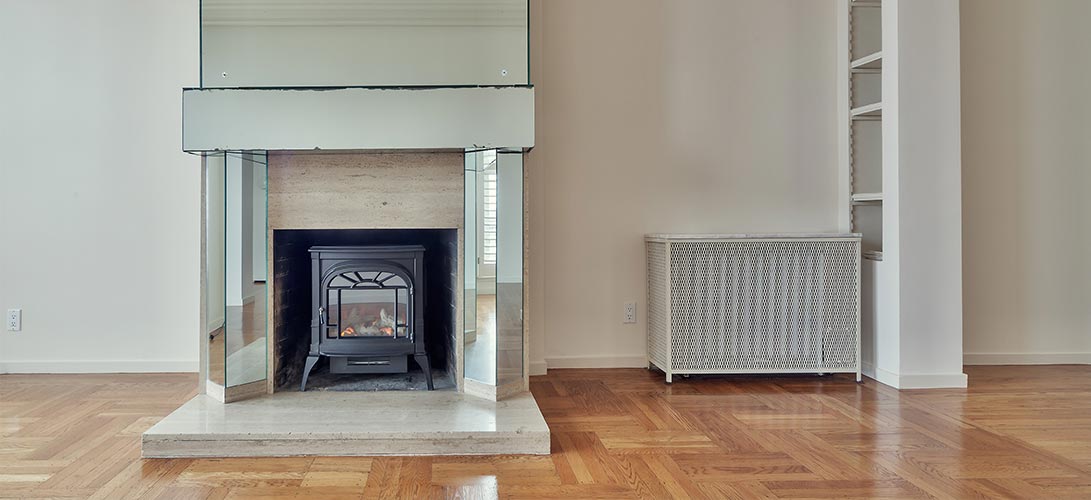How the move-in process is handled for new tenants has a much broader scope and deeper implications than just getting settled into a new rental. There are legal, ethical and practical issues to consider that start with the lease signing and run throughout the occupancy, all the way to move-out. To make it an optimal experience for both parties, do your diligence with all documents.
Here are the top 10 things that must happen in order to get the landlord-tenant relationship off on the right foot and to ensure a smooth move-in.
Prior to Move-In
1. Make sure the lease has all important details before you sign.
A lease is a legally binding document, so you've got to be sure it clearly states all terms. From the most basic, such as the name of all adults living in the unit, rent amount, length of lease, and pet policies, to more detailed information such as what happens at the end of the lease (i.e. does it go month-to-month?), late rent payment and bounced check penalties, how repairs and maintenance requests are handled, and other property-specific requirements, make sure everything is clearly spelled out. Certain aspects of the lease, such as security deposit specifications, have state or city laws dictating terms, so be sure you are clear on your local regulations.
2. Renter pays the deposit after both parties have signed the lease.
Once the lease is executed, the new tenant makes the first payment, which likely includes first and last month's rent plus a security deposit, and the landlord provides a receipt. Keep in mind that landlords shouldn't collect a deposit from a tenant that doesn't end up signing the lease, and a prospective renter shouldn't pay a deposit on a property that she or he doesn't legally have a right to occupy.
3. Schedule move-in day and all its details.
Once the landlord has taken into account what repairs or updates need to be done to the property to ensure it's clean, painted, and overall in tip-top condition, move-in day can be scheduled. Not only should the date be agreed upon, but also the time of the move in, how to get belongings and furniture into the rental (i.e. freight elevator), and any other necessary details to make it a smooth transition for both the new tenant and existing neighbors alike.
4. Renter receives a welcome letter from the landlord.
While law doesn't require this, it is a nice touch to inform, remind and reinforce property guidelines prior to move-in day. Ideally, the letter is sent a couple of weeks ahead of time and tells the new tenant things like how to set up utilities, where to get the keys, how to request maintenance, where and how to dispose of trash and recycling (if applicable), laundry room information, property management contact information, a reminder about the renter's insurance requirement and so on.
5. Change the locks from the old tenant.
It's smart to change locks in order to help ensure the new renter's safety and security – and it's actually the law in some states and municipalities. Be sure to check your local regulations.
Move-in Day
6. Go through the apartment to make sure everything is in working order, and make a plan to address anything that needs fixing.
The move-in day inspection is critical. During this inspection, both parties must agree on the condition of everything from paint to floors (wood, carpet, tile, etc.), light fixtures, appliances, windows, outlets, doors, cabinets, drawers, toilets, sinks, shower/bath, heating/AC, smoke detectors, countertops, porch or yard space if applicable, and so on. Be sure to note it all in writing, including if anything needs to be fixed and by when, and keep copies in a safe place for future reference. Here is a convenient checklist to be used both for move-in and move-out day.
7. Take pictures and/or video of the rental, floor to ceiling.
Documenting the look of the rental before anything is moved in is important, especially because the return (or not) of the security deposit when the tenant moves out depends on having a baseline to compare with. Both parties should have their own set of pictures or video, signed and dated move-in day.
8. Walk through the rest of the premises beyond the rental unit.
Make sure the new tenant knows where parking, laundry, trash and other highlights outside of their rental unit are located. Also, be sure to explain any rules around common use of any property features (i.e., pool or Jacuzzi, rec room, etc.)
9. Share all key contact information.
Knowing how and when is best to get a hold of each other is essential to clear and effective communication between landlords and tenants.
10. Set up online rent payments.
Paying rent online is convenient and simple for both parties. It makes it easier for landlords to collect rent on time, and if done with a certified credit reporting company like RentTrack, helps incentivize tenants to get credit for their monthly payment and boost their credit scores at the same time. Either a property manager or a tenant can initiate online rent payments.
Setting up a smooth and easy move-in isn't easy, but it's well worth the effort. Clarifying responsibilities and coming to agreement on the state of the rental upon move-in minimizes liability and maximizes the likelihood of a long-term working relationship that both parties can live with.

